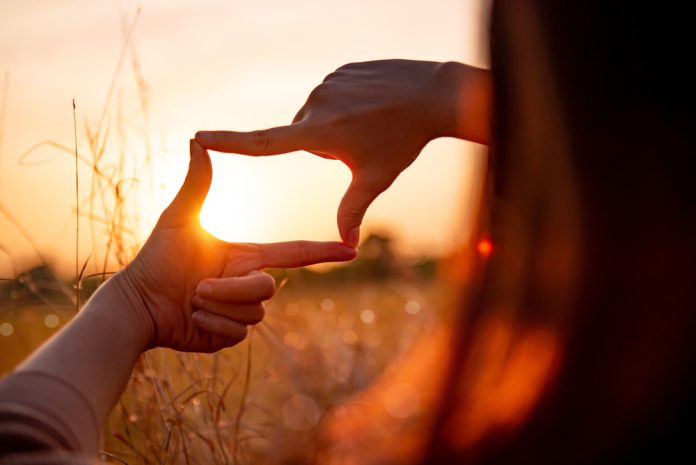It’s easy to think that better gear means better photos. Many people believe they need the latest, most expensive camera to take great pictures. But in reality, the secret to great images is not the camera—it’s how you use it.
Good composition is the foundation of every great photo. It helps guide the viewer’s eye and creates emotional impact. Whether you’re shooting with a smartphone or a high-end mirrorless camera, knowing how to compose your shot can make all the difference.
With that said, let’s explore why composition is more important than camera specs!
Table of Contents
- What Is Composition in Photography?
- Why Composition Beats Camera Specs
- Basic Rules of Composition That Work Every Time
- Breaking the Rules: When and Why It Works
- Composing With Printing in Mind
- Why Shiny Prints Is the Perfect Partner for Print-Worthy Composition
- Practice Tips to Improve Your Composition Skills
- Final Thoughts
- FAQ
What Is Composition in Photography?

Photo by muratart via Shutterstock
Composition is the way you frame and arrange the elements in your photo. It includes where your subject is placed, how much background is shown, and how lines or shapes lead the viewer’s eye.
Good composition helps tell a story. It makes your photo feel balanced, interesting, and easy to look at. A great composition helps the scene come alive even before anyone asks what gear you used.
There’s no single rule for perfect composition. But understanding how to guide attention in a photo is a skill every photographer can learn. And the more you practice, the more natural it becomes.
Why Composition Beats Camera Specs
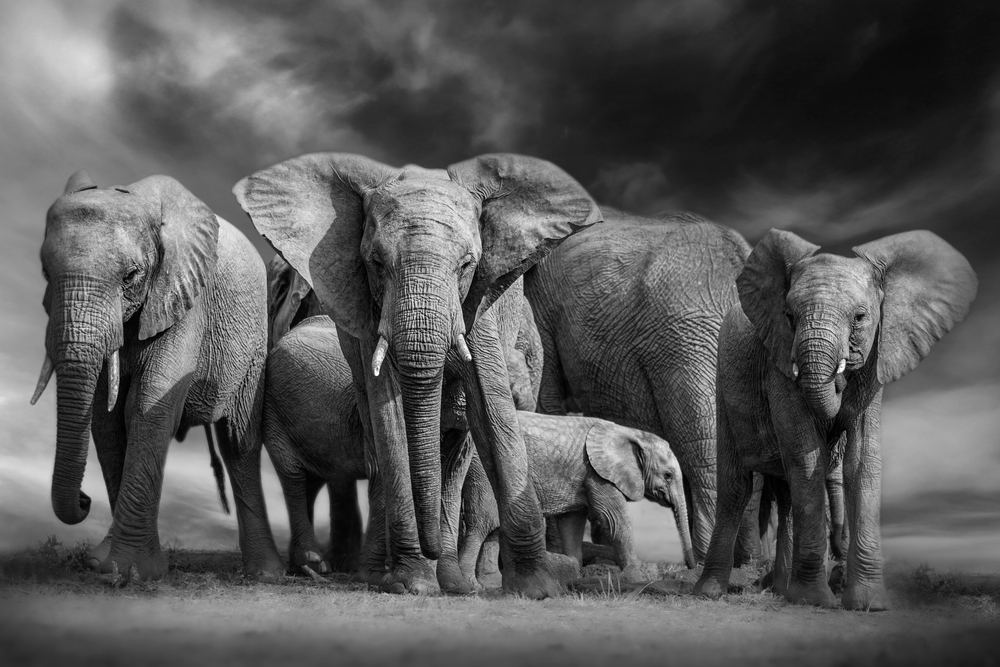
Photo by Henrico Muller via Shutterstock
Camera companies love to sell you the idea that megapixels and fancy lenses make better photos. But here’s the truth—many of the most powerful images ever taken were shot on simple cameras.
What matters most is what’s in the frame. A well-composed photo from your smartphone can be more striking than a messy shot from a $5,000 camera. That’s because composition controls emotion, focus, and meaning.
Don’t fall into the trap of thinking your camera isn’t good enough. Instead, work on how you see the world through your lens. That’s what separates a snapshot from a photograph.
Basic Rules of Composition That Work Every Time
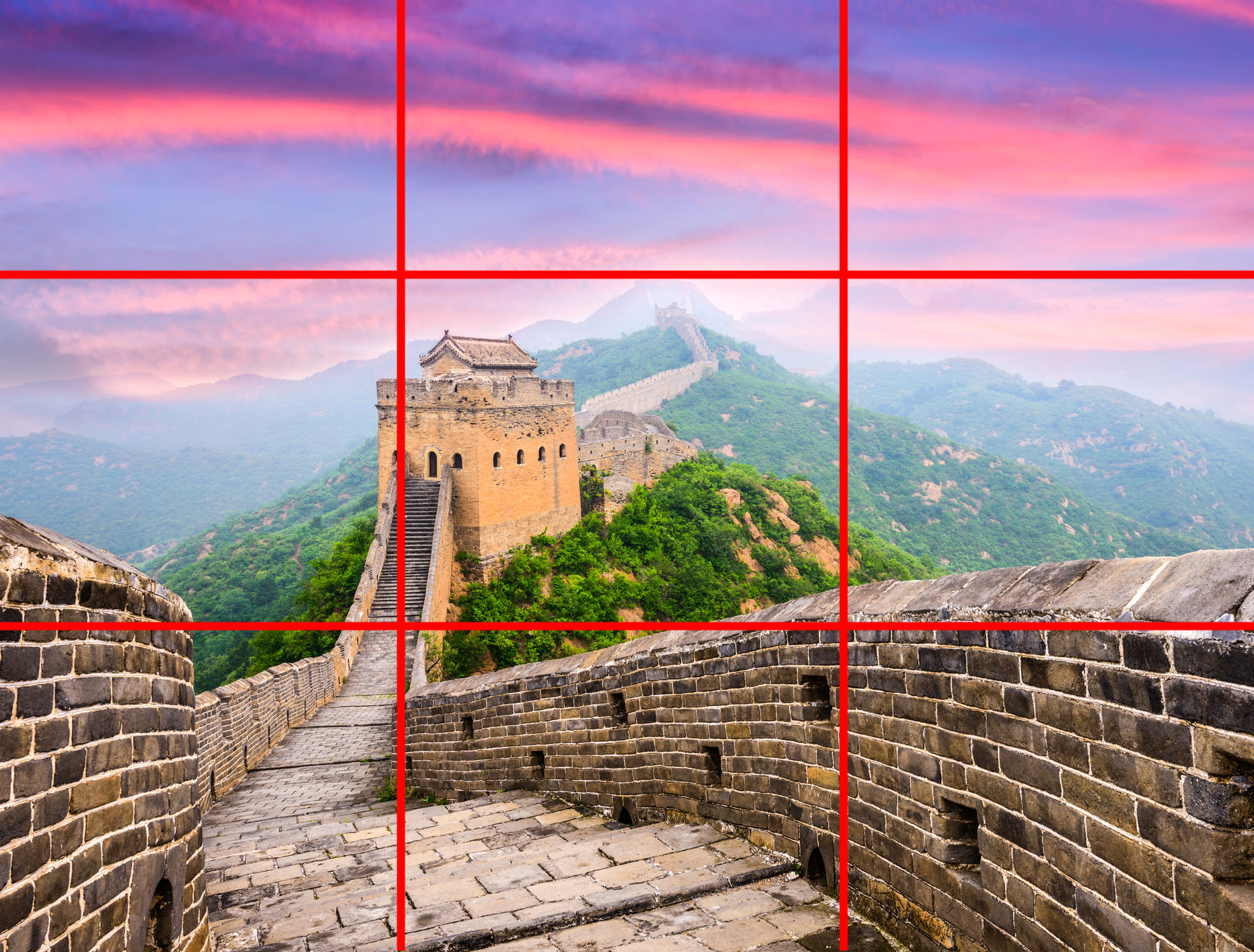
Photo by SeanPavonePhoto via iStock (modified by PhotographyTalk staff)
Start with the basics. The rule of thirds is a great place to begin. Divide your frame into a 3×3 grid and place your subject along one of the lines or where the lines meet. This creates balance and interest.
Leading lines are another tool. Roads, fences, or even shadows can guide the eye toward your subject. For example, if you’re photographing landscapes, leading lines can turn a nice view into a powerful photo.
Framing your subject with doorways, trees, or windows adds depth. And don’t forget about negative space—leaving room around your subject can make it stand out more.
These rules aren’t strict, but they’re helpful starting points. Use them until they feel second nature.
Breaking the Rules: When and Why It Works

Photo by AbdulSalam453 via Shutterstock
Once you understand the rules, you can start breaking them on purpose. Sometimes placing your subject in the center or cutting off part of the frame creates tension or drama. The key is to be intentional.
For example, if you’re photographing wildlife and the animal is staring right at the camera, placing it dead center might increase the impact. The eye contact becomes the focus.
You can also experiment with extreme angles or unusual perspectives. These choices can make your photo stand out and tell a more personal story.
Breaking rules adds style to your photography—but only when you know why you’re doing it.
Composing With Printing in Mind
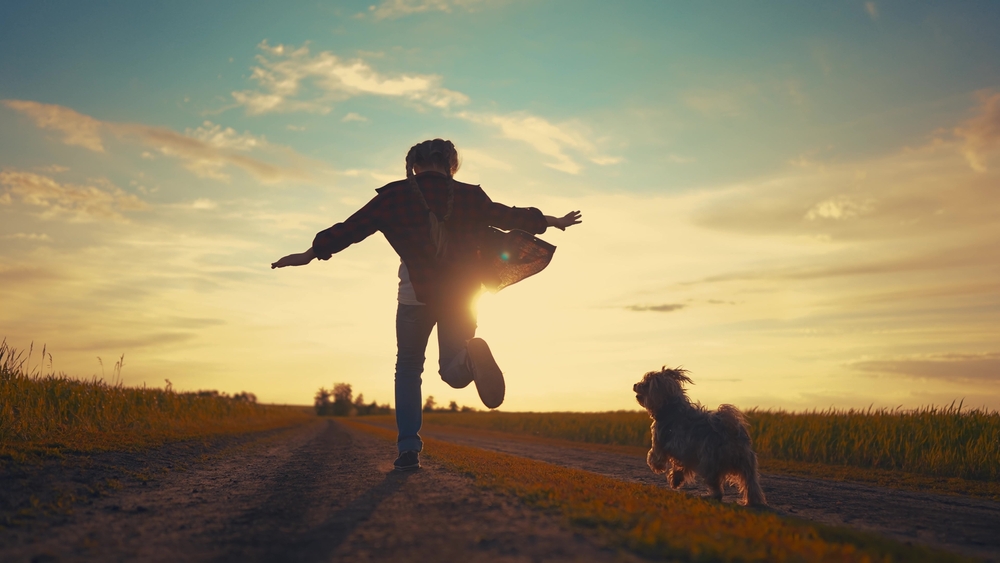
Photo by maxim ibragimov via Shutterstock
Many photographers shoot only for screens, but printing your work teaches you to think differently. It encourages you to slow down and think about detail, layout, and how the image will feel on a wall.
When you’re composing with printing in mind, consider the edges. Leave a little space around your subject so nothing important gets cropped. Think about aspect ratio, resolution, and color balance.
Prints allow your composition to live beyond your camera. They become art. And great composition makes your print feel intentional and complete.
That’s where the next step comes in—choosing the right print partner.
Why Shiny Prints Is the Perfect Partner for Print-Worthy Composition
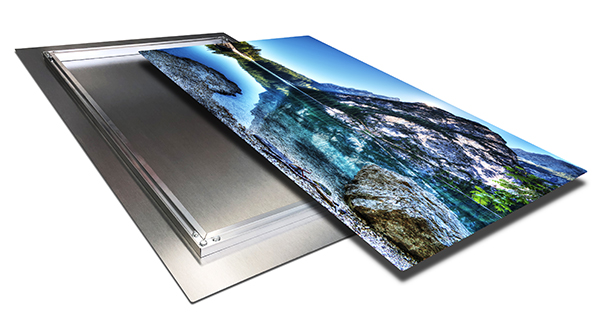
Not all metal prints are created equally. If you want your carefully composed photos to truly shine, you need a lab that understands quality. Shiny Prints is one of the best in the industry.
For starters, Shiny Prints only use premium ChromaLuxe metal panels, which are trusted by professional photographers and artists. These panels are vibrant, sharp, and proven to last over 65 years. ChromaLuxe gives your images impact and durability.
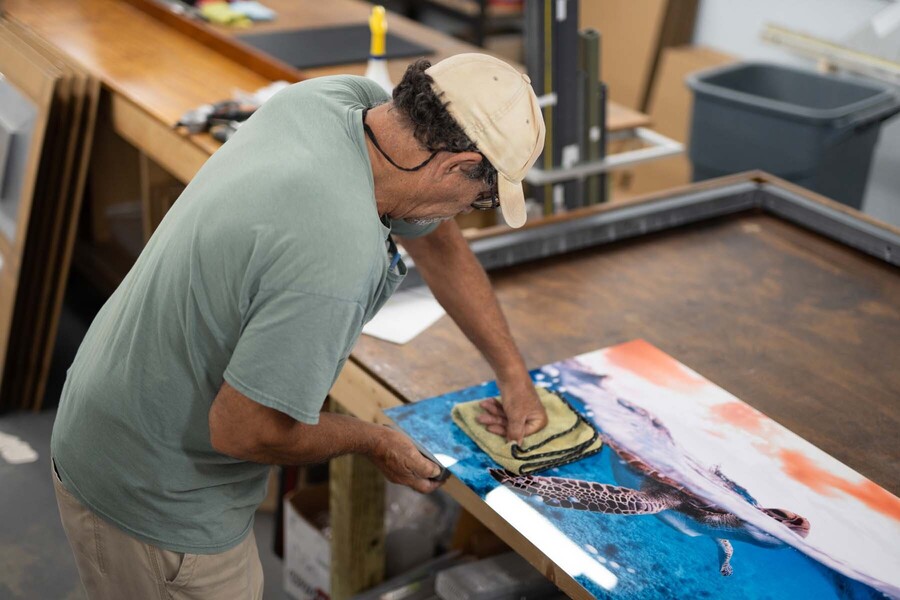
Shiny Prints uses Epson F-Series printers with the Adobe1998 color space, too. This results in the widest and sharpest color range available. And unlike other labs that cut corners with cheap wood backings or low-grade inks, Shiny Prints maintains professional standards throughout the entire process.
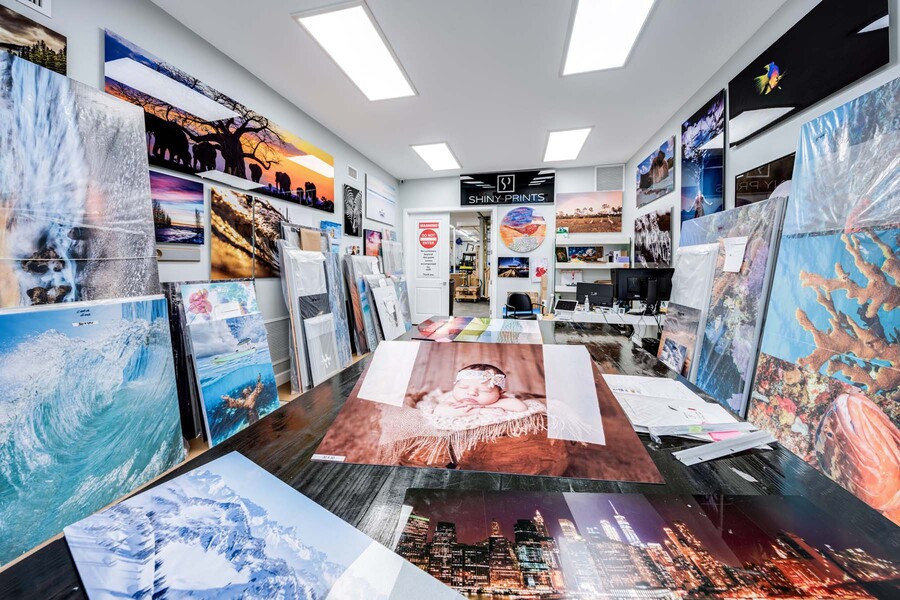
Their metal prints are waterproof, scratch-resistant, and suitable for any space—including kitchens, bathrooms, or even outdoor use. You can choose from different finishes like White Gloss for vibrant color or White Matte for a classy, low-glare look.
With custom sizing, professional support, and guaranteed quality, Shiny Prints ensures your composition gets the presentation it deserves. If you’re serious about photography, this is a lab you can trust.
Practice Tips to Improve Your Composition Skills
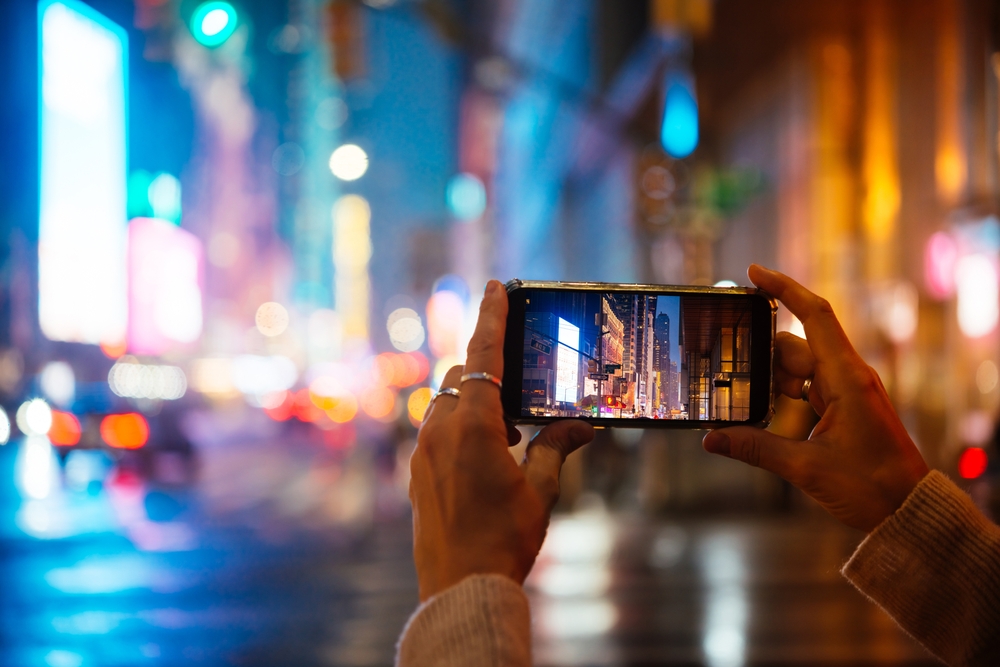
Photo by fornStudio via Shutterstock
Improving your composition doesn’t require fancy locations. You can practice every day—even at home. Try photographing the same object from five different angles. Study how light and background affect the mood.
Look at art and photography books. Ask yourself what makes certain images stand out. Then try to apply that to your own work.
Use cropping tools to experiment with framing after the shot, too. This helps you visualize composition and get better before you even press the shutter.
The more you practice, the more natural composition becomes. And once you get it, your photography will take a huge leap forward.
Final Thoughts

Photo by Irelee via Shutterstock
You don’t need the latest camera to take photos that stop people in their tracks. What you need is strong composition—the ability to see your scene, frame it with intention, and guide your viewer through it.
Whether you’re a beginner or a pro, learning to compose well will elevate every image you take. And when you’re ready to bring your work to life, printing with Shiny Prints will help you showcase that composition the way it was meant to be seen.
So grab your camera, explore the world around you, and start composing like a pro—no matter what gear you carry!
FAQ

Photo by Kleber Cordeiro via Shutterstock
Do I need a professional camera to take well-composed photos?
No. Composition matters more than the type of camera. A smartphone photo with great composition can outshine a poorly composed photo on a pro camera.
How do I know if my photo composition is good?
Ask yourself: Does it guide the viewer’s eye? Is the subject clear? Does it feel balanced or intentionally unbalanced? Practice and feedback help too.
What makes Shiny Prints different from other print labs?
Shiny Prints uses ChromaLuxe panels, top-tier Epson printers, and professional mounting materials. They deliver the highest-quality metal prints in the industry.
Can I print my photos on metal?
Absolutely. Metal prints are perfect for all types of photos. They’re durable, waterproof, and make colors pop.
Should I always follow composition rules?
Use them as guides. Once you understand them, you can break them with purpose to create unique and compelling images.
Friendly disclaimer: Our articles may contain affiliate links that support us without costing you more, and sometimes we spice things up with sponsored content—but only for products we truly stand behind!
Learn More:
Photo by oatawa via Shutterstock

